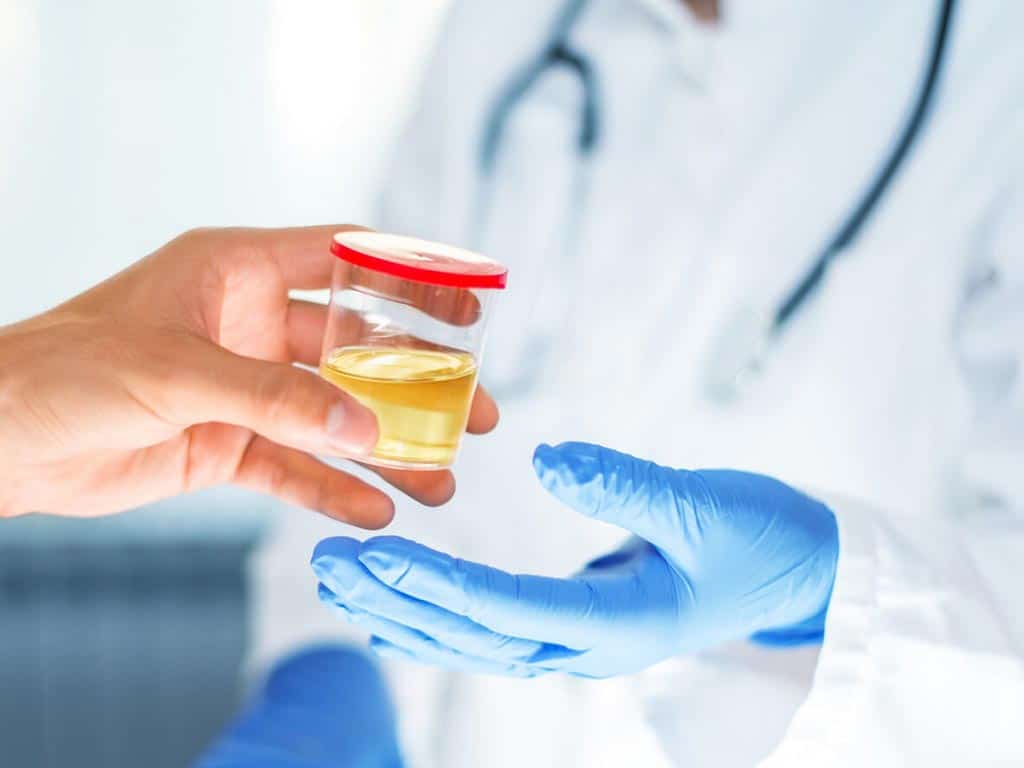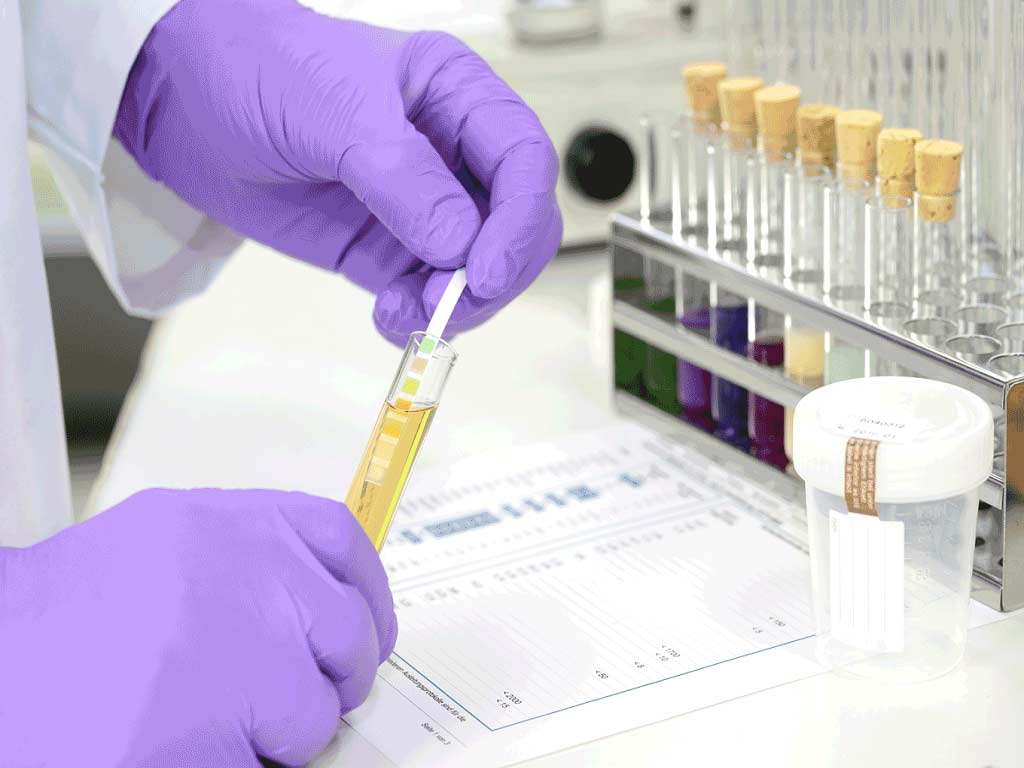Alcohol Metabolite Urine Test: How Long Can It Be Detected?
23 November, 2023

Nowadays, alcohol consumption is common and socially accepted during activities. However, it is vital to remember excessive drinking has potential consequences. An alcohol metabolite urine test is one way of screening for liquor intake hours or days after. Generally, the maximum detection period is around 24 to 80 hours, depending on the test. This is why urine screening is valued and used for medical, legal, and employment purposes.
Urine screens and other types of tests help maintain community safety. They aid in identifying those suffering from Alcohol Use Disorder (AUD). However, there are instances wherein they may cause inaccurate results. Some factors include exposure to products with ethanol and sample contamination. People must understand what the results of these tests mean and take action for their betterment. This article will present the types of procedures, detection times, and how to understand the results of a urine test.
Types of Procedures to Detect Alcohol Metabolites in Urine Test
There are several procedures available to detect the alcohol metabolites in urine test. Generally, lab technicians use three types of testing when analysing urine samples. Firstly, an ethanol urine screening measures the amount of ethanol in the body. This is the most common type of screening used.
Meanwhile, ethyl glucuronide (EtG) and ethyl sulphate (EtS) are metabolites of ethanol. The liver produces them after it processes the liquor into different compounds. These metabolites stay in the body longer compared to ethanol. In particular, EtG is also used during hair follicle tests. For accurate results, the collector must follow guidelines from a medical professional to prevent contamination.
To analyse these samples, lab technicians may use various techniques and equipment. Enzymatic assays identify enzymes and measure their activities. Meanwhile, gas chromatography-mass spectrometry (GC-MS) is a more specialised technique. During this, gas chromatography uses a gas carrier to separate the compounds in the urine. Mass spectrometry classifies the ions based on their mass-to-charge ratio.
Specimen Collection Guide to Avoid Contamination
A person may follow these guidelines to avoid contaminating their urine sample:
- Thoroughly wash hands before and after collection. The person may also wear gloves to maintain hygiene.
- Avoid using alcohol-based products before and during collection.
- Use sterile containers and tools. Avoid touching the inside of the container to prevent contaminating it.
- If possible, clean the genital area before collecting the sample.
- Catch a mid-stream flow or as prescribed by a health professional. Mid-stream is generally preferred to first or last streams.
- Securely place the lid to avoid tainting the content and accidental spillage.
- Label the specimen clearly.

Detection Times of Alcohol Metabolites in Urine Test
The detection period of ethanol metabolites varies depending on the types of urine tests and many other factors. Generally, an alcohol metabolite urine test has a detection period of 24 hours after consumption. It has a shorter detection window compared to the other two tests.
Meanwhile, EtG tests typically have a detection window of 24 to 72 hours. However, after heavy drinking, this is extended to 80 hours. The same applies to EtS tests. Both metabolite tests provide additional time to trace the consumption of liquor. Nevertheless, it is generally agreed they are most accurate within 24 hours.
Often, workplace testing programs use urine alcohol tests because of their simple collection procedure and substantial detection window. This helps them identify who is suffering from impairment from alcohol. However, it is crucial to remember that several factors may influence the result. Some may benefit from using other tests with or after a urine screen. In particular, breath tests can provide a quick and reliable measurement of Blood Alcohol Concentration (BAC) levels.
Factors that May Influence the Result
Several factors may influence the result of an alcohol urine test. The foremost factor is the amount of alcohol consumed. Heavy alcohol consumption often lengthens the detection period. The type of alcoholic beverage is another factor. Some liquors have higher concentrations of alcohol. Understanding the concept of standard drinks may help in monitoring liquor intake.
Those who regularly consume liquor may have a higher metabolism and expel it faster. However, those with kidney and liver diseases often have slower ethanol metabolic rates. Lastly, age and body weight also affect the rate of detoxification of alcohol from the body.

Understanding the Results When Testing for Alcohol Metabolites in Urine Test
Testing for alcohol metabolites in urine test provides valuable information about the drinking habits of an individual. Hence, it is vital to understand what the results indicate. Generally, a positive test indicates the detection of ethanol above the cut-off levels. Accordingly, a negative test means the individual did not consume liquor or the amount falls below the cut-off point.
Typically, the cut-off points for EtG and EtS tests fall around 100ng/mL. A positive result is often classified based on the amount of metabolites detected. Firstly, levels between 100 to 500 ng/mL indicate a very low positive result. This means that the person may have indulged in heavy drinking days before the test. It can also mean recent light drinking or exposure to items with ethanol, such as cleaning products.
Secondly, EtG levels between 500 to 1000ng/mL indicate liquor intake the day prior or light drinking within 24 hours. Lastly, levels above 1000ng/mL show recent moderate to heavy intake of alcoholic beverages. However, remembering that several factors can cause false negatives and positives is crucial for fair assessments.
Is There a Possibility of a False Positive
There is a possibility of a false positive with any type of testing. Several factors may cause a false positive urine screening result. This includes certain health conditions, like diabetes and liver diseases. Some prescribed medicines may also interfere with the detoxification of alcohol, leading to a false non-negative.
Another factor is the sample collection and transportation. Improper collection and storage of the urine sample may lead to contamination and degradation. Fortunately, confirmatory testing may help verify the results of the initial screening. During a confirmatory test, they may use more specialised techniques to analyse the previous sample or use a different test.
Conclusion
An alcohol metabolite urine test is an accurate and reliable method of detecting recent alcohol consumption. These tests can detect liquor consumption up to 80 hours before the sample collection. It does this by measuring ethanol or its metabolites in the urine samples. Labs may use enzymatic assays or other specialised techniques to produce their report. These are useful for law enforcement, employers, and healthcare professionals to identify those with AUD.
Generally, a positive result indicates recent liquor consumption. However, EtG and EtS tests can further classify this by measuring the amount of metabolites. It may range from high positive to very low positive. Meanwhile, a negative result means no recent consumption, or it falls below the cut-off point. Heavy drinking of beverages with high concentrations of alcohol is the likeliest reason for a positive result. To avoid sample contamination, people may refer to a guide.






























